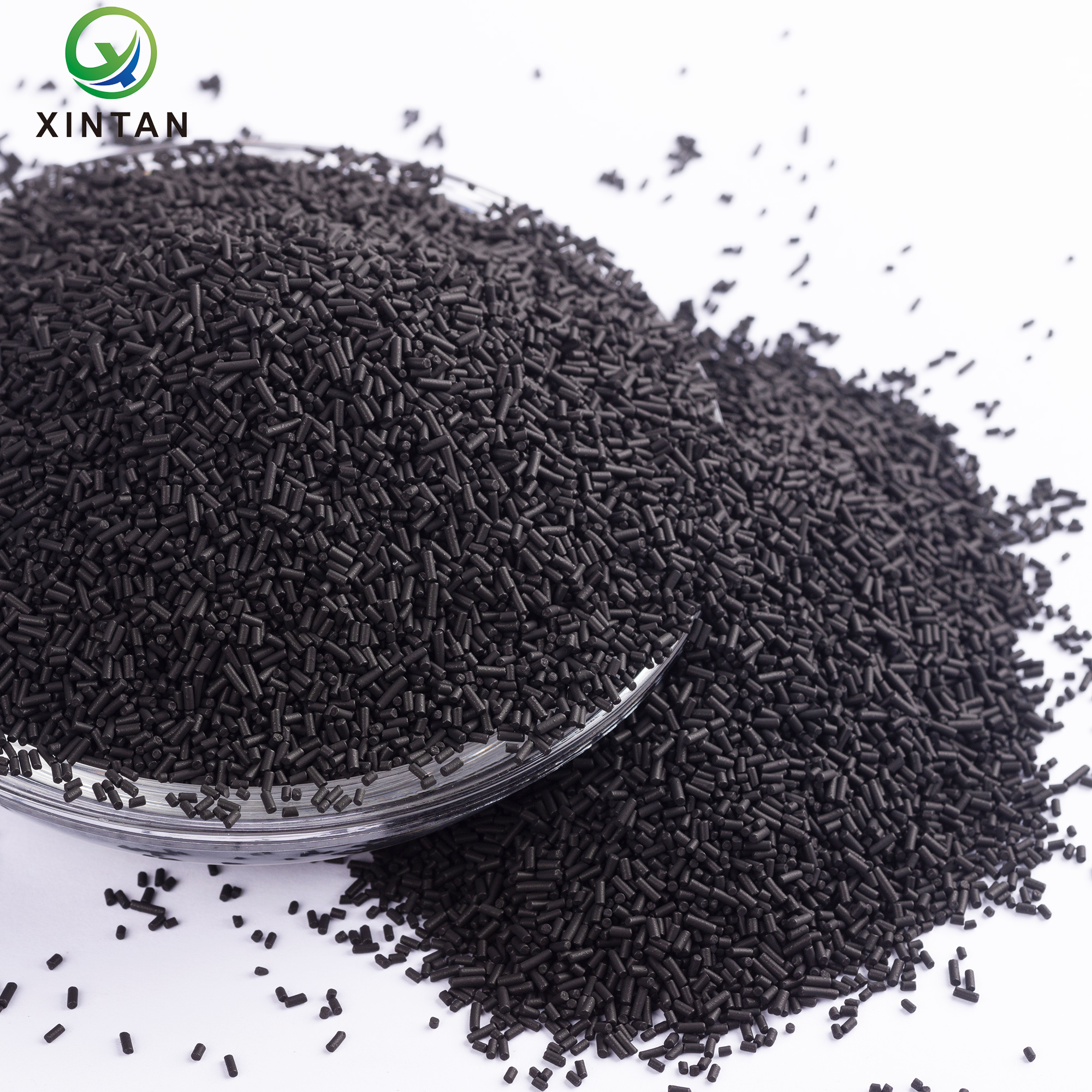How to extend the lifespan of carbon molecular sieve

1. Strictly control the quality of the air source
Efficient pre-treatment and purification:
Dehydration: Install a refrigerated dryer (dew point ≤ 3℃) + an adsorption dryer (dew point ≤ -40℃) to prevent the clogging of the micropores of the molecular sieve due to moisture.
Deoiling: Pre-stage multi-stage filters (precision ≤ 0.01μm) + activated carbon adsorption to ensure that the oil content in the inlet air is ≤ 0.003mg/m³, preventing oil mist contamination of the molecular sieve.
Dust removal: Remove dust particles in the air through a precision filter (filter element precision ≤ 1μm) to reduce mechanical wear.
Stabilize the inlet air pressure and flow:
To avoid pressure fluctuations caused by frequent start-stop of the air compressor, it is recommended to configure a storage tank for buffering (with a volume of 10% to 20% of the air compressor's displacement).
Control the intake flow rate to not exceed 120% of the design value to prevent the molecular sieve from being overloaded with adsorption.
II. Optimizing Operating Parameters and Operating Procedures
Reasonably set the adsorption-desorption cycle:
Adjust the cycle according to the nitrogen purity requirements (usually 80 to 120 seconds) to prevent insufficient regeneration of the molecular sieve due to short cycles, or excessive adsorption due to long cycles.
Ensure that the desorption pressure is ≤ 0.03 MPa (for vacuum regeneration models) or use normal pressure blowing to completely release the impurities such as oxygen and carbon dioxide adsorbed.
Avoid frequent switching of operating conditions:
Before long-term shutdown, dry nitrogen gas should be used to purge the molecular sieve (pressure 0.2 - 0.3 MPa, for 30 minutes) to prevent humid air from entering the tower.
When starting up, gradually increase the pressure to the working pressure (rate ≤ 0.1 MPa/min) to avoid sudden high-pressure impact on the molecular sieve bed.
III. Strengthen daily maintenance and monitoring
Regularly inspect and replace consumables:
Replace the filter element every 3 to 6 months (replace when the pressure difference reading exceeds 0.1 MPa).
Check the status of the adsorbent in the dryer annually. Replace it in time if it becomes ineffective to prevent moisture from penetrating into the molecular sieve tower.
Monitor the operation data and record it:
Daily record the parameters such as nitrogen purity, gas production volume, inlet temperature (recommended ≤ 40℃), pressure, etc. If any abnormal trend is detected (such as a 0.1% weekly decrease in purity), promptly investigate the cause.
Regularly (e.g. monthly) conduct pressure difference tests on the adsorption towers. If the pressure difference between the two towers exceeds 0.05 MPa, there may be a blockage or clogging of the molecular sieves.
Shutdown protection measures:
Short-term shutdown (< 7 days): Maintain the system at a slight positive pressure (0.05 - 0.1 MPa) to prevent moist outside air from entering.
Long-term shutdown (> 30 days): Seal the adsorption tower with dry nitrogen (purity ≥ 99.9%) or start the machine for 30 minutes of purging regularly (every 15 days).
IV. Optimization of Environment and Installation Conditions
Control the operating environment:
The equipment should be installed in a well-ventilated and dry place. The environmental temperature should be between 5℃ and 40℃, and the humidity should be no more than 85%. Avoid direct sunlight or proximity to heat sources.
Keep away from corrosive gases (such as hydrogen sulfide and chlorine). If necessary, install an air pre-treatment activated carbon filter.
Standard installation and transportation:
During equipment transportation, avoid severe vibrations to prevent the molecular sieve bed from loosening or segregating.
The verticality deviation of the adsorption tower should be ≤ 1° to ensure uniform airflow distribution and reduce local wear.
Related News




